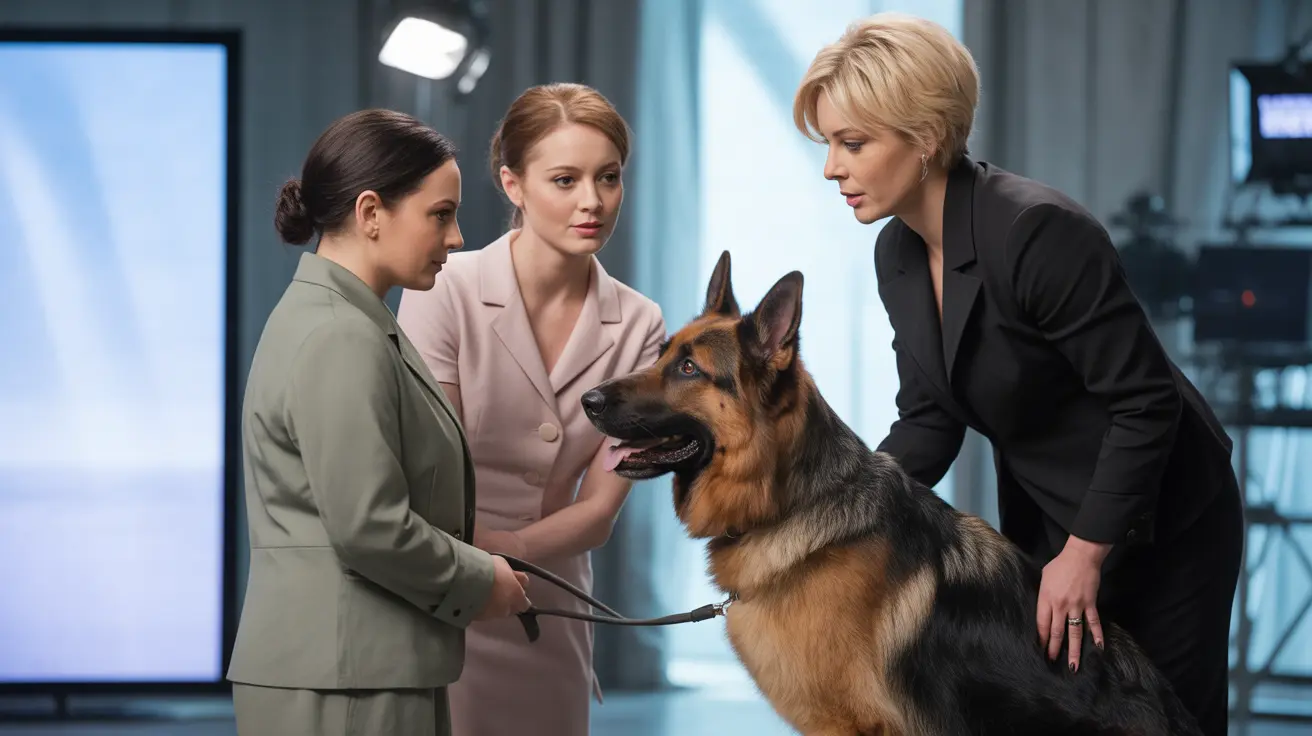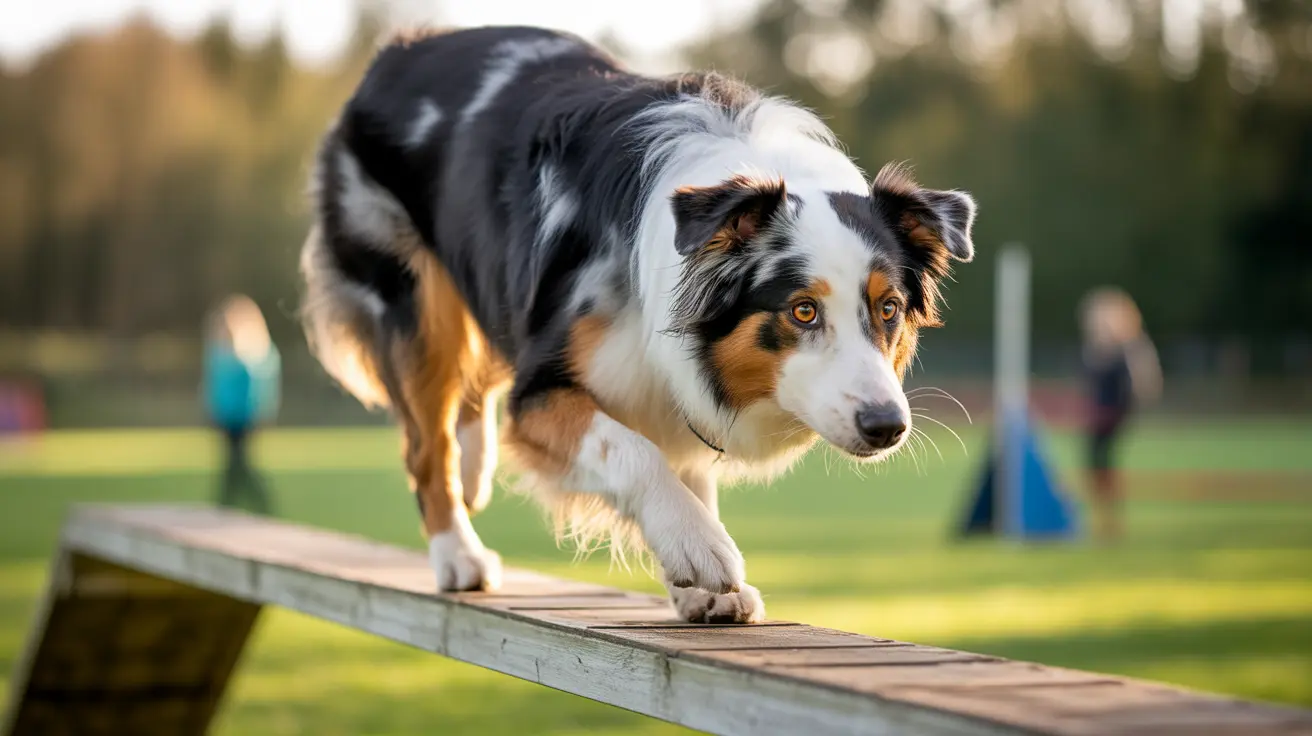What are the signs of a dog's back end going?
Signs of a dog's back end going include hind leg weakness, difficulty standing or walking, stumbling, dragging rear paws, incontinence, and reluctance to rise or climb.
Recognizing the Signs of Back End Decline in Dogs
As dogs grow older, they may begin to show signs of weakness or deterioration in their hindquarters, often referred to as the "back end going." Understanding these changes is crucial for pet owners to ensure their dogs receive timely support and veterinary care.
What Does "Back End Going" Mean?
The term generally refers to a loss of strength, coordination, or mobility in a dog’s hind legs. It often stems from age-related degeneration or specific medical conditions. These symptoms can signal progressive diseases and should not be ignored.
Common Signs of Back End Decline
1. Hind Leg Weakness
- Trouble standing up, especially on slippery surfaces.
- Collapsing or wobbling when trying to walk or run.
2. Dragging Paws or Knuckling
- Paws may scrape against the ground, causing abrasions.
- Dog may walk on the top of its feet due to nerve or muscle decline.
3. Losing Balance or Stumbling
- Frequent trips or stumbles on walks.
- Leaning to one side or difficulty adjusting posture.
4. Difficulty Climbing or Jumping
- Refusal or hesitation to climb stairs or furniture.
- Visible distress when lifting the body from a lying position.
5. Incontinence
- Loss of bladder or bowel control due to nerve failure.
- Dribbling urine or unexpected accidents indoors.
6. Muscle Atrophy in the Hindquarters
- Noticeable thinning or shrinking muscles in the back legs.
- Asymmetry in muscle mass or tone between limbs.
Potential Causes of Hindquarter Weakness
Several conditions may lead to back end decline in dogs:
- Degenerative Myelopathy – A progressive disease affecting the spinal cord, often in larger breeds like German Shepherds.
- Arthritis – Inflammation in the joints resulting in stiffness and discomfort.
- Hip Dysplasia – Malformation of the hip joint that can deteriorate with age.
- Intervertebral Disc Disease (IVDD) – Disc degeneration causing nerve compression and pain.
- Spinal Tumors or Injuries – May impair neural signals to the hind legs.
Behavioral and Secondary Changes
Dogs experiencing back end issues may also demonstrate:
- Increased vocalization due to pain or confusion.
- Loss of interest in exercise or play.
- Behavioral changes such as withdrawal or anxiety.
When to See a Veterinarian
Any of these signs should prompt a veterinary evaluation. Early diagnosis can lead to more effective management.
Seek immediate help if:
- Your dog is unable to stand or walk suddenly.
- There is a rapid decline in mobility or continence.
- They seem to be in significant pain or distress.
Management and Supportive Care
Caring for a dog with hindquarter decline includes:
- Pain Management: Medications such as NSAIDs or supplements.
- Mobility Aids: Slings, harnesses, or dog wheelchairs.
- Physical Therapy: Regular gentle exercise or hydrotherapy.
- Home Adjustments: Non-slip mats, ramps, and supportive bedding.
- Diet: Weight management to ease stress on joints.
Maintaining Quality of Life
While the progression of hind-end decline varies, many dogs can maintain good quality of life with supportive care. Regular monitoring, veterinary visits, and being attuned to behavioral changes are key.
Conclusion
Signs that a dog’s back end is going should not be taken lightly. With early detection and tailored care routines, many dogs can continue to lead happy, fulfilling lives despite their physical limitations. Pet owners play a vital role in observing and addressing these signs to ensure their canine companions age with dignity and comfort.





